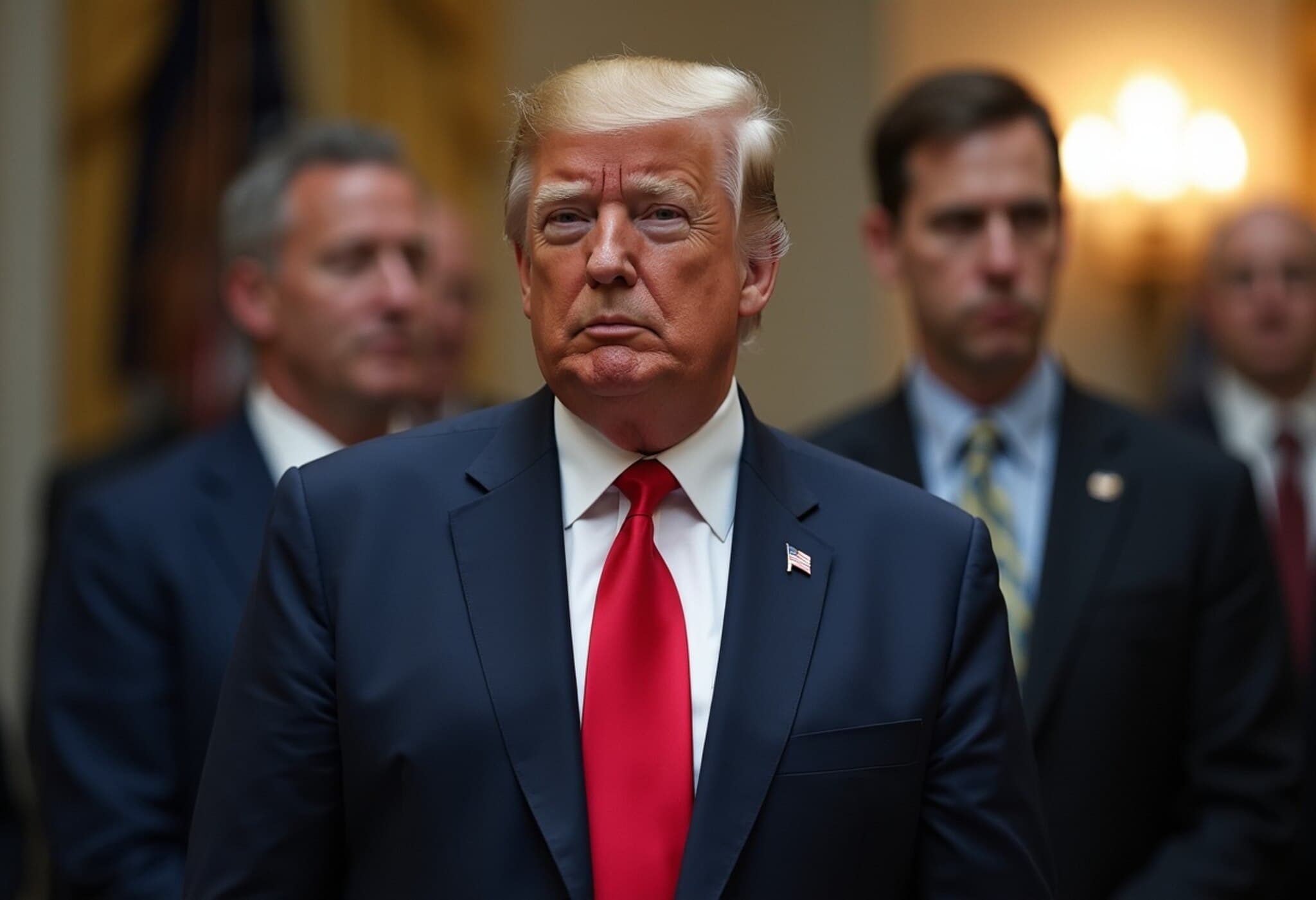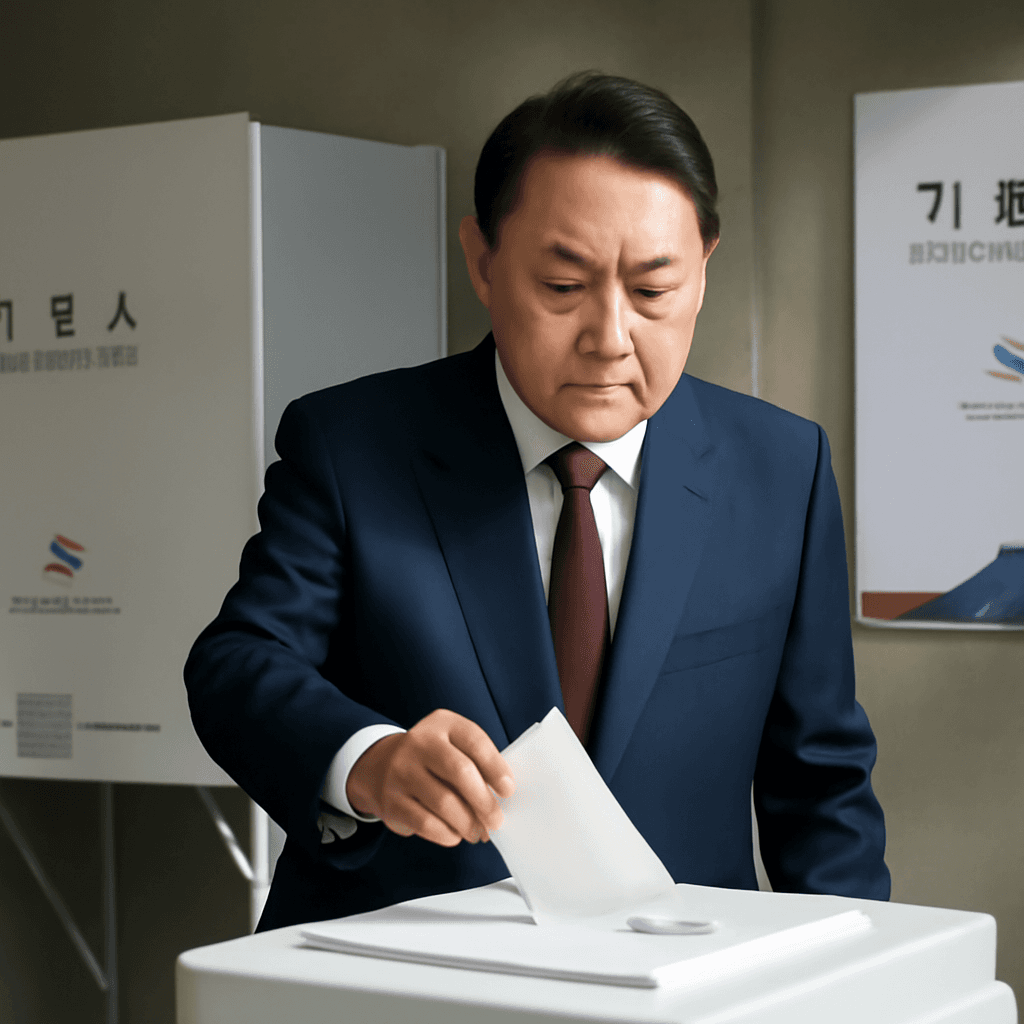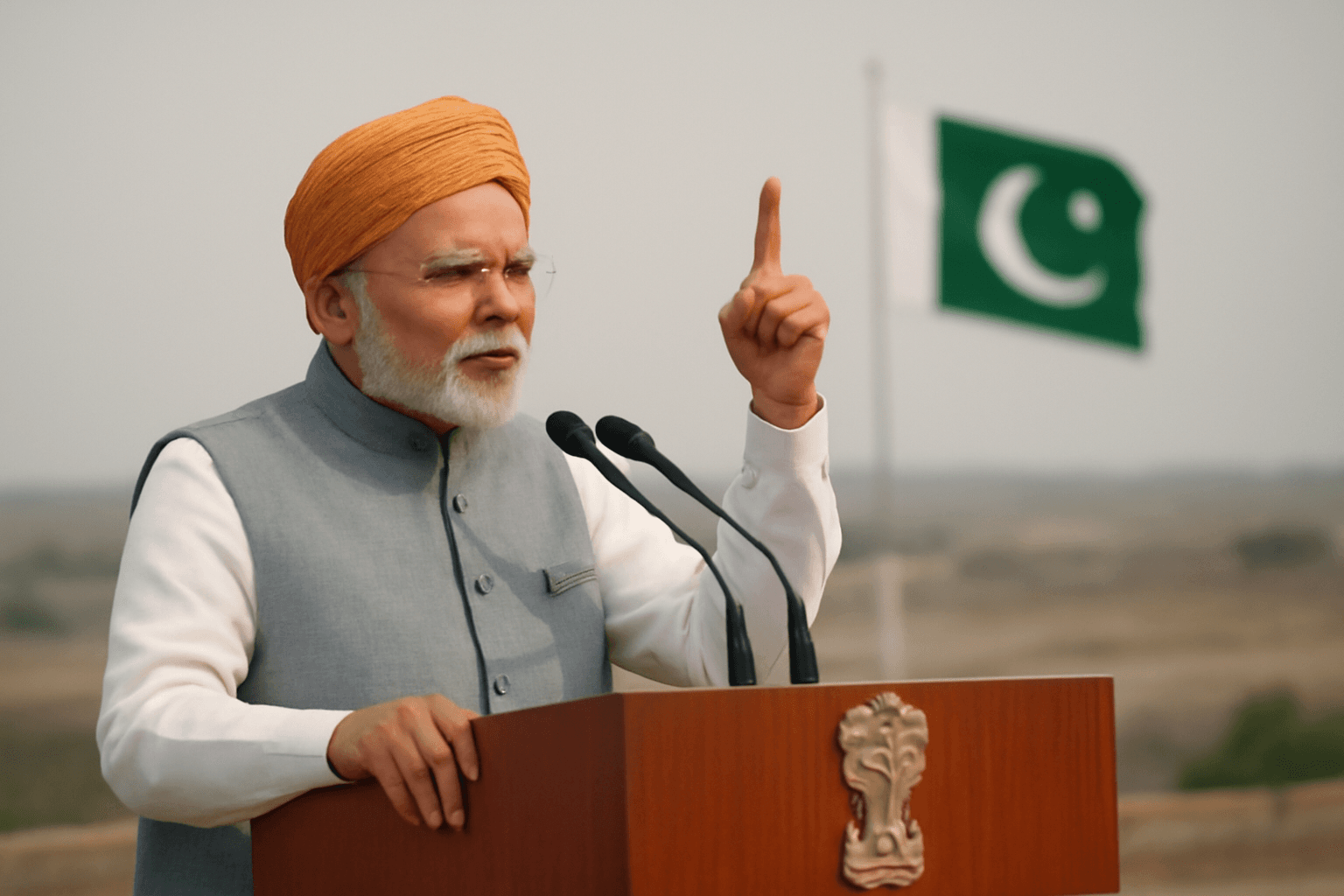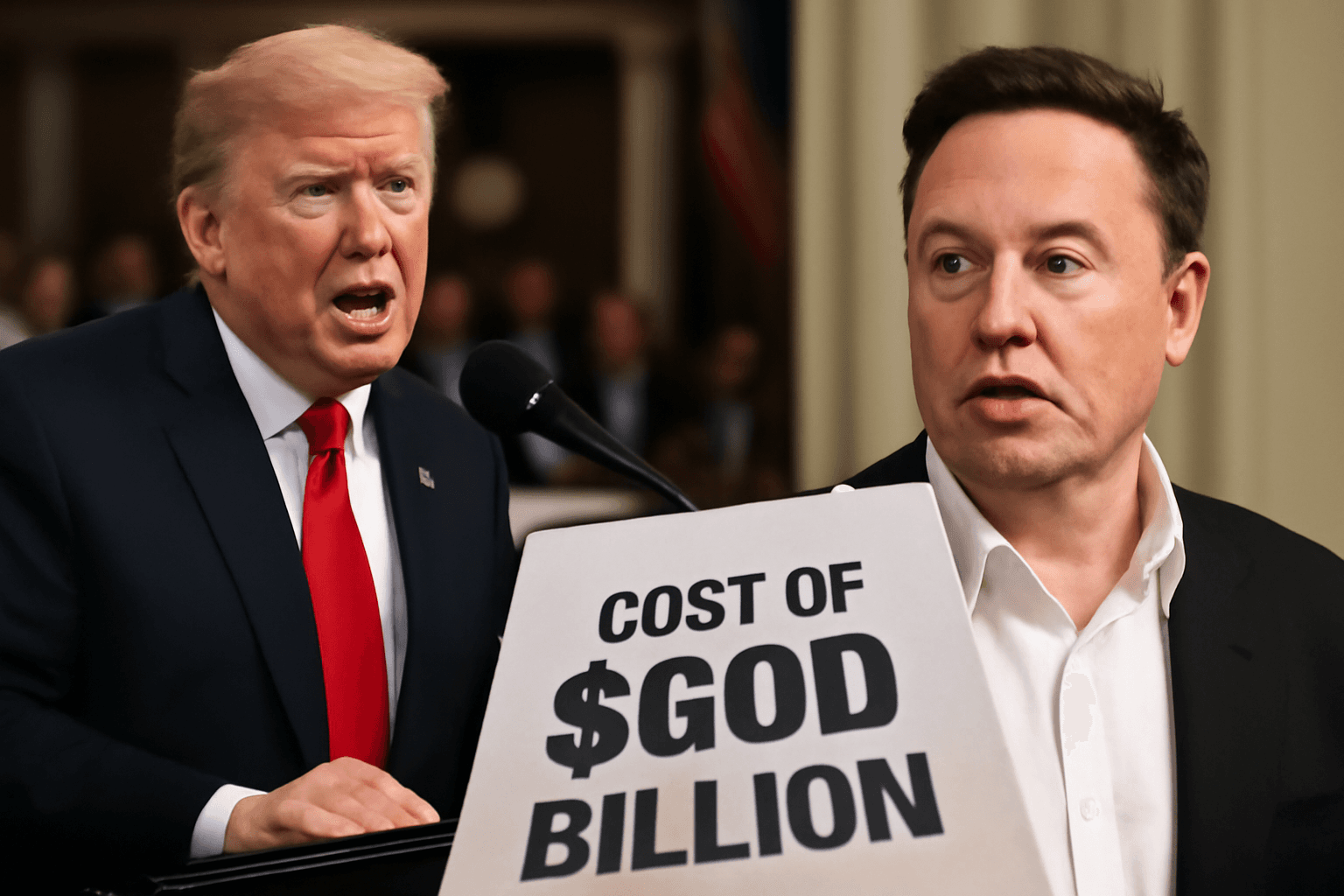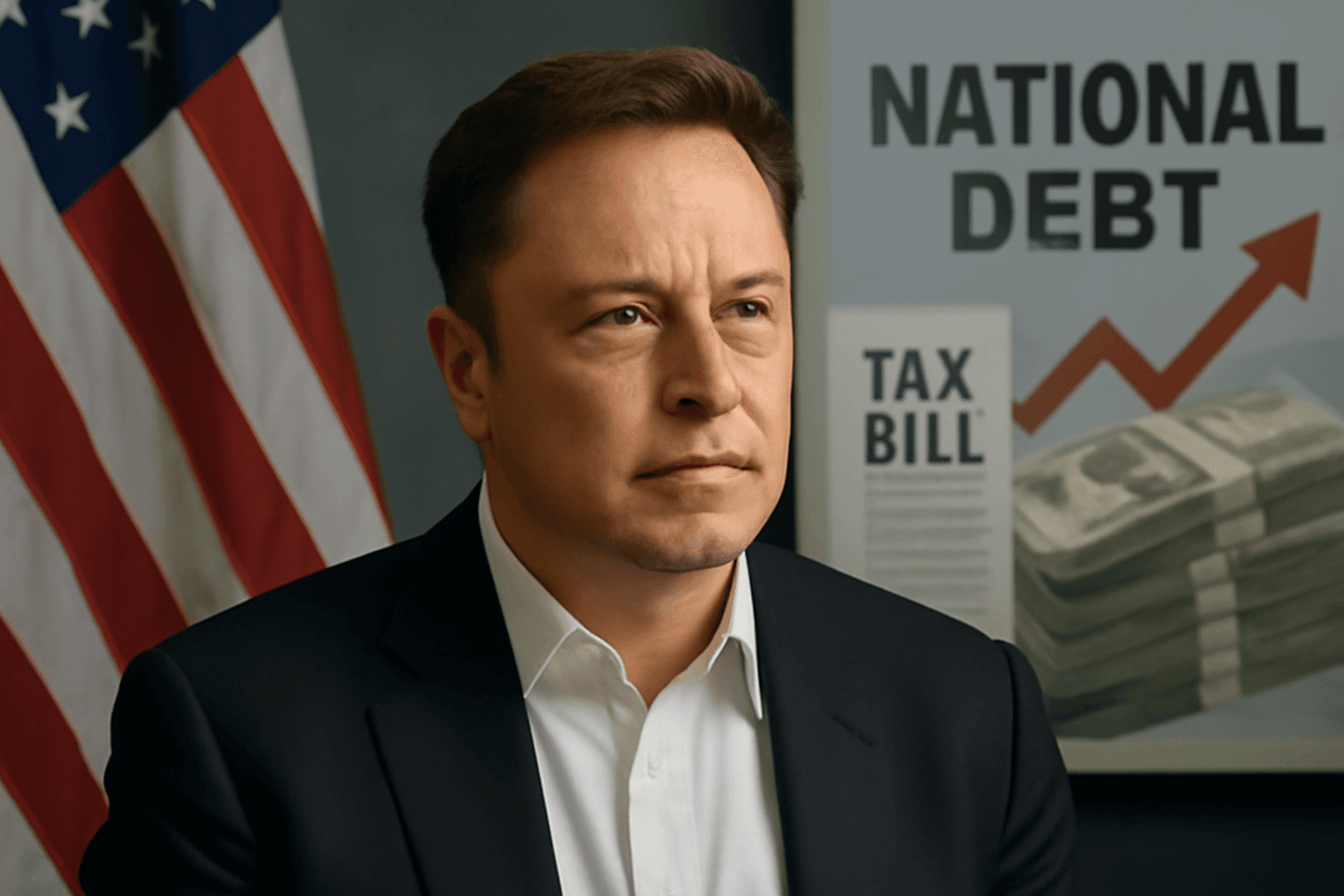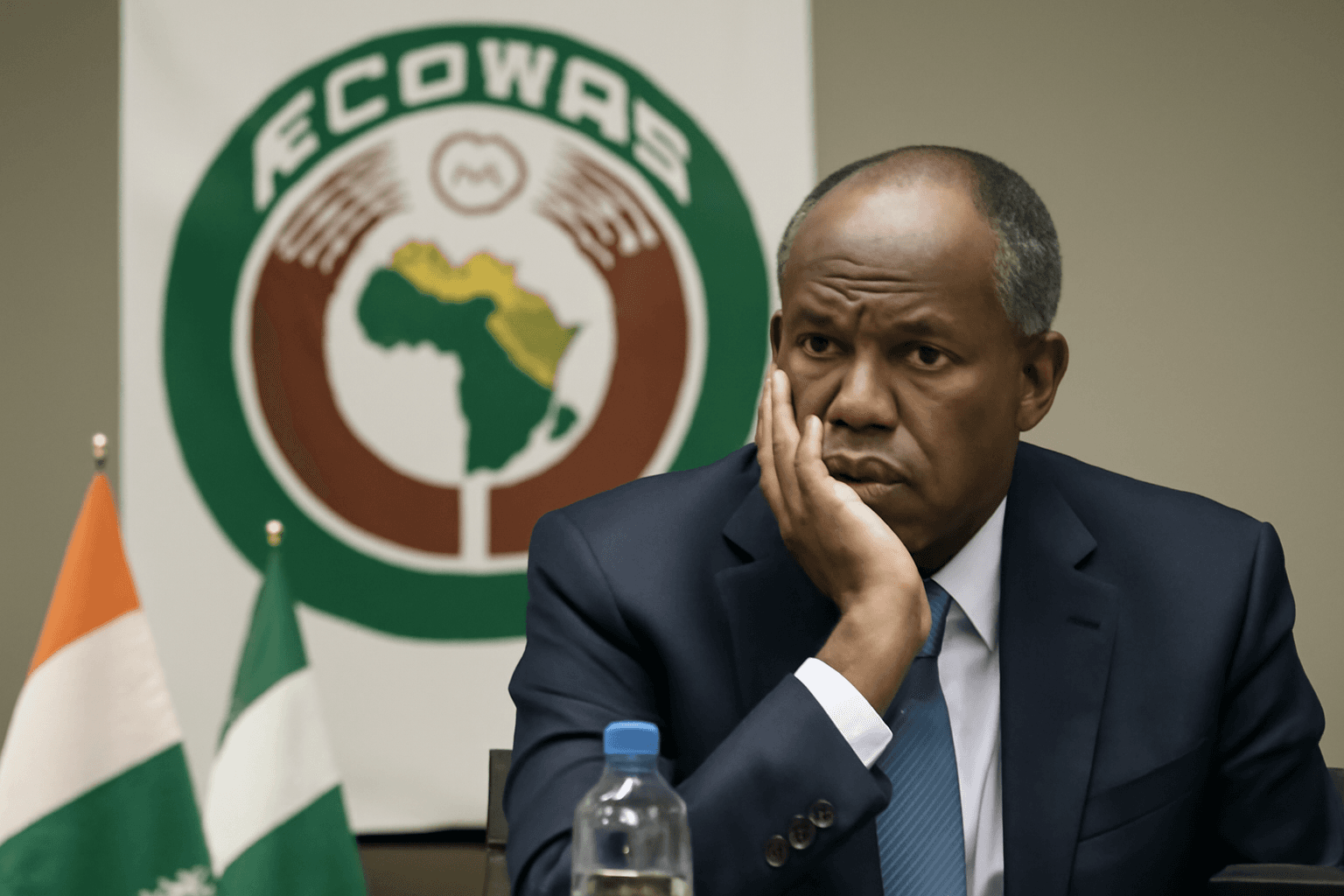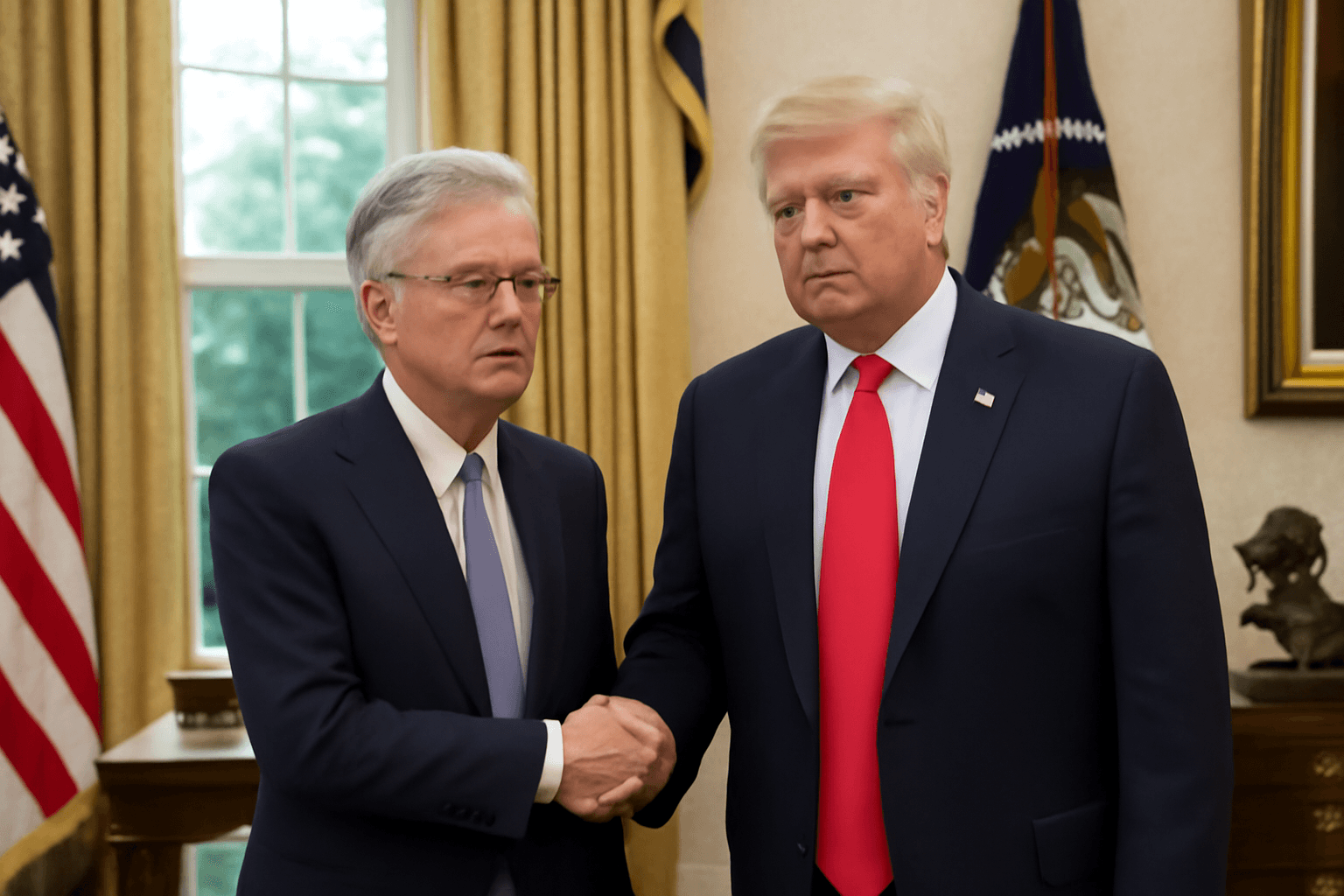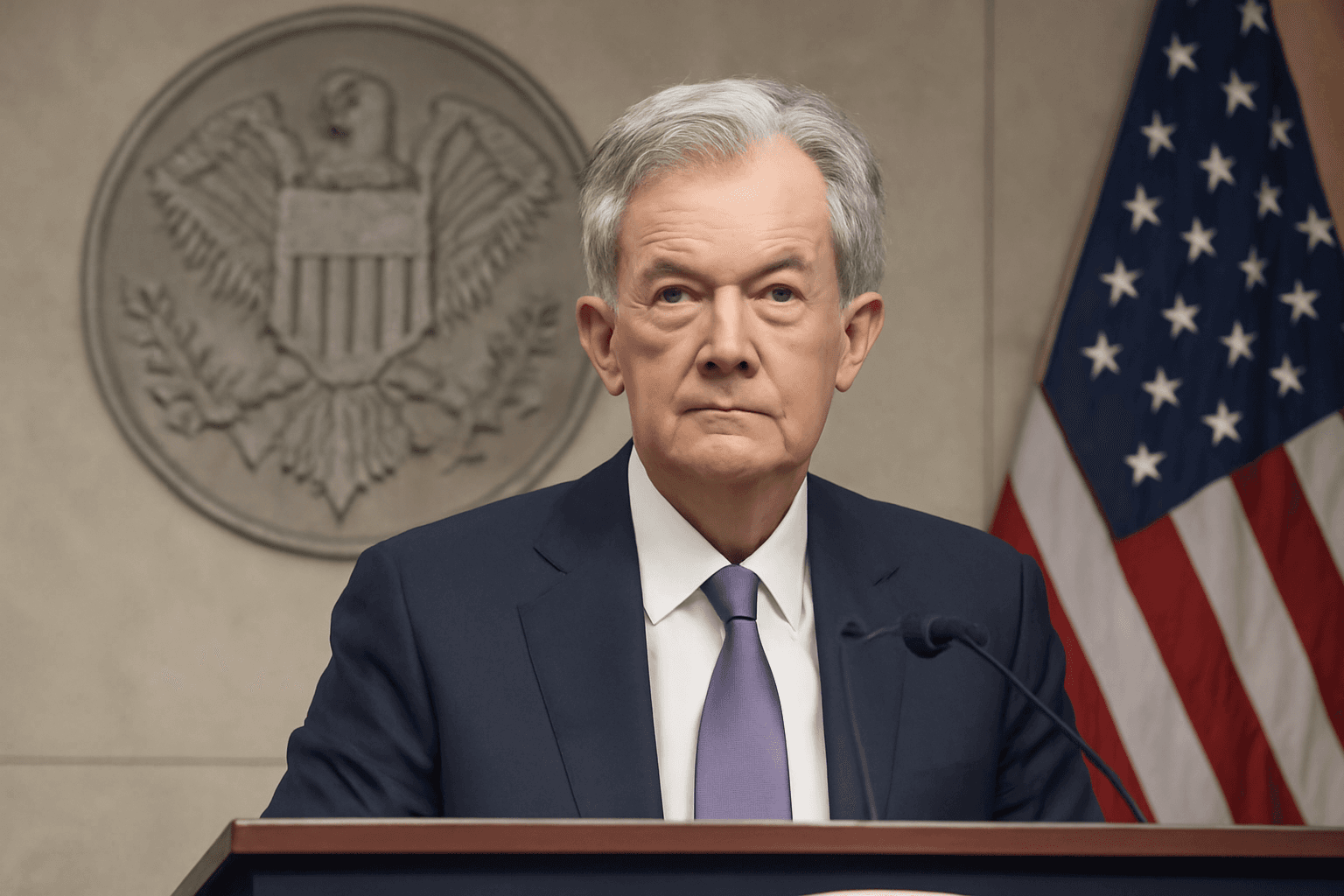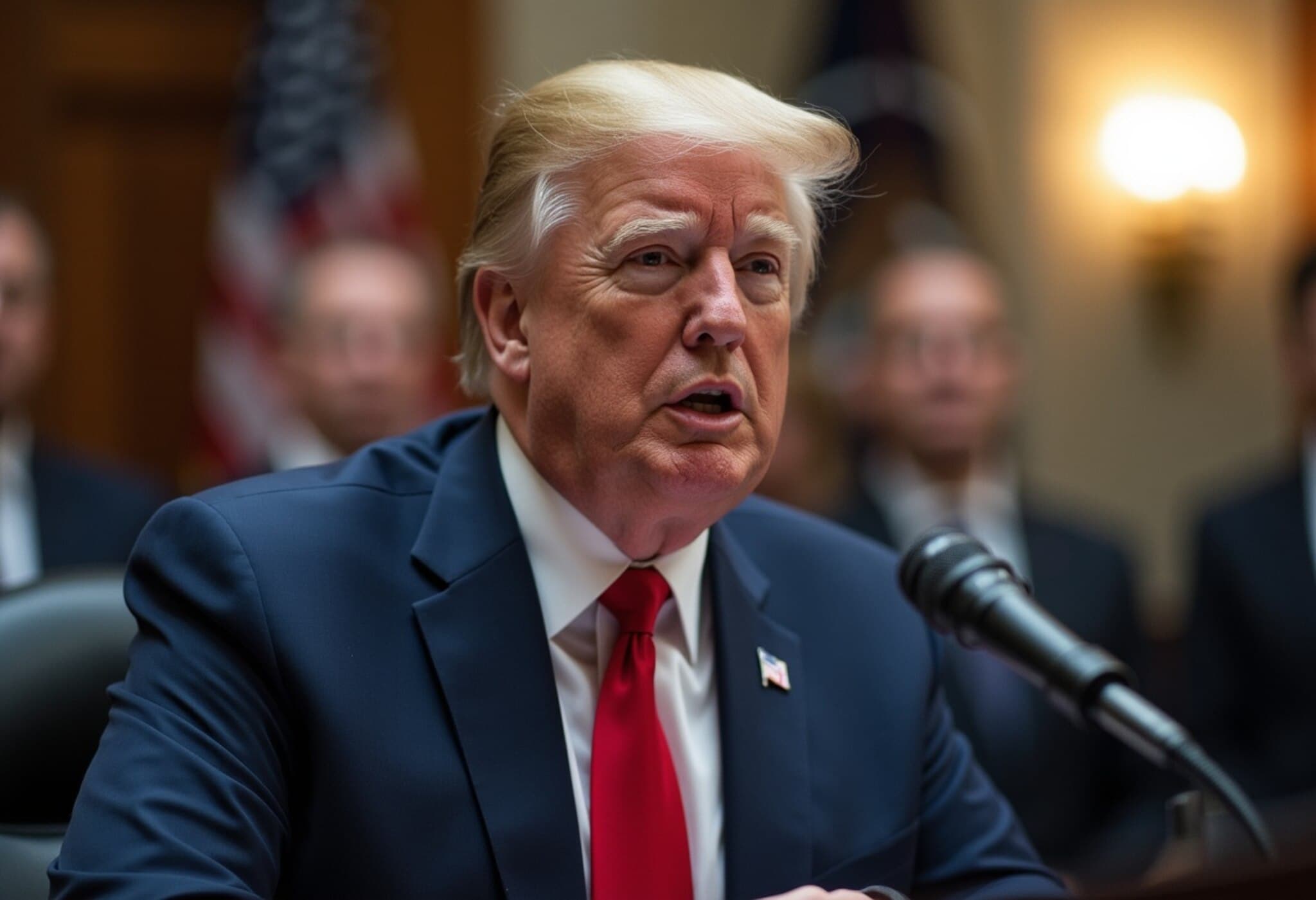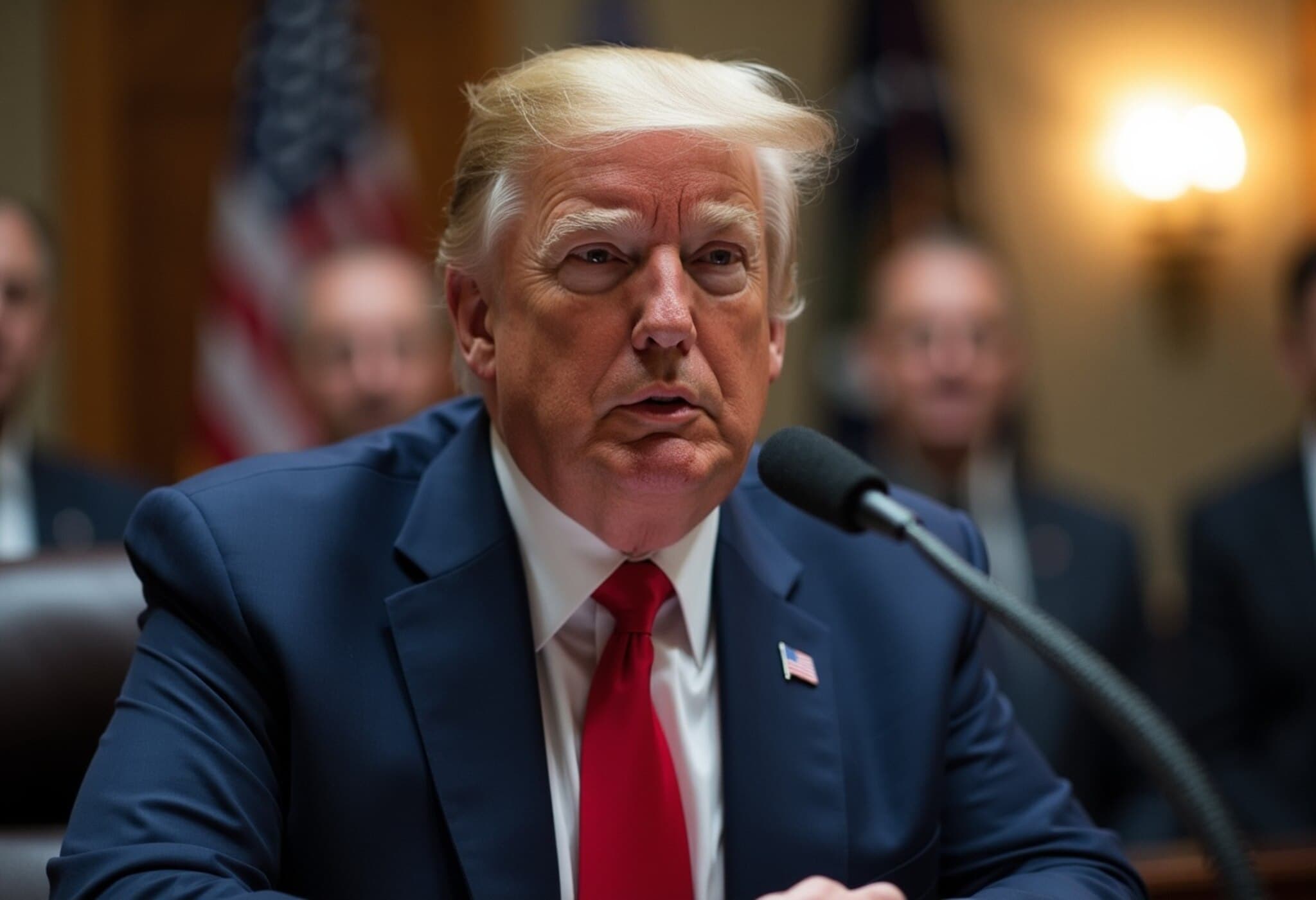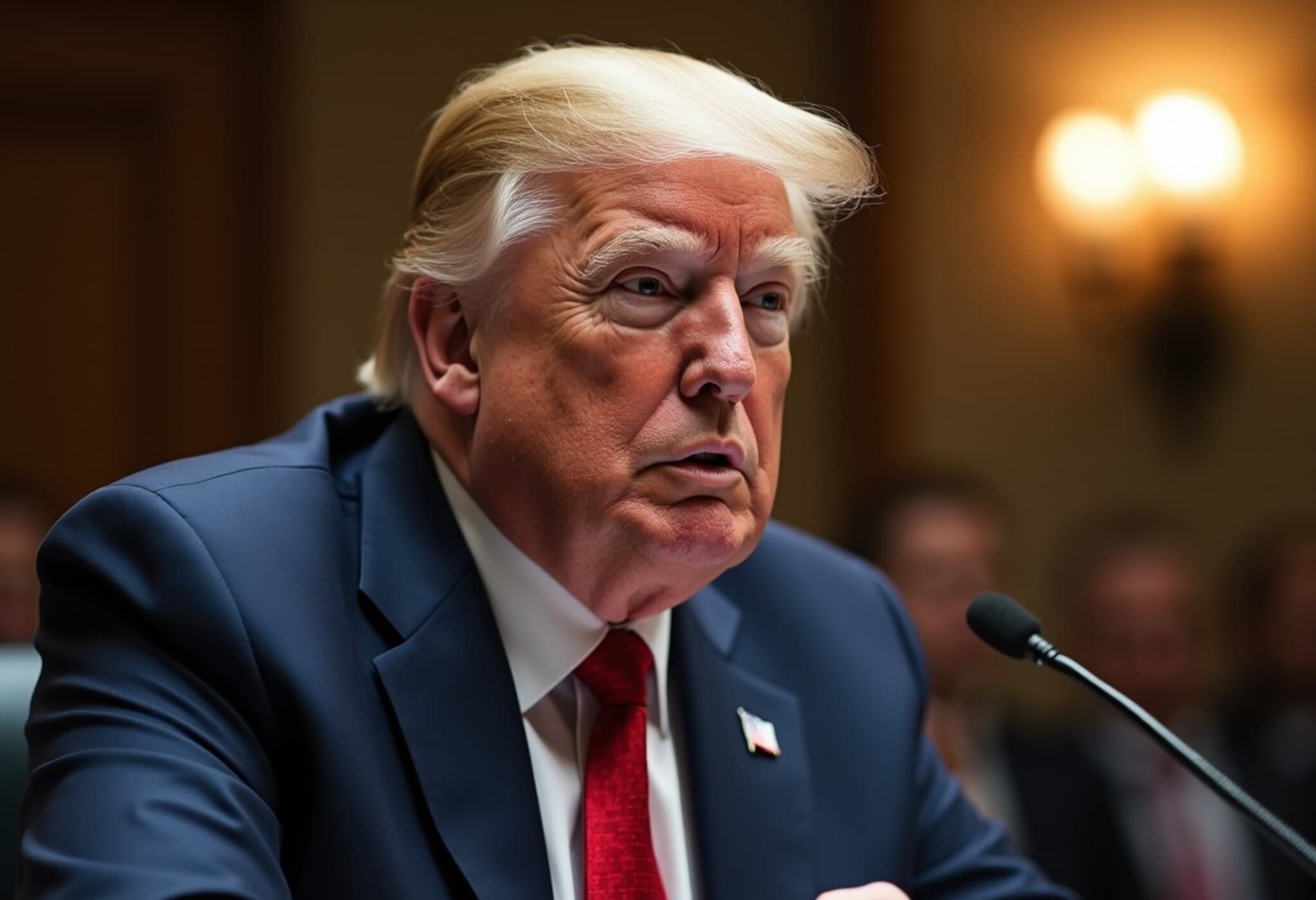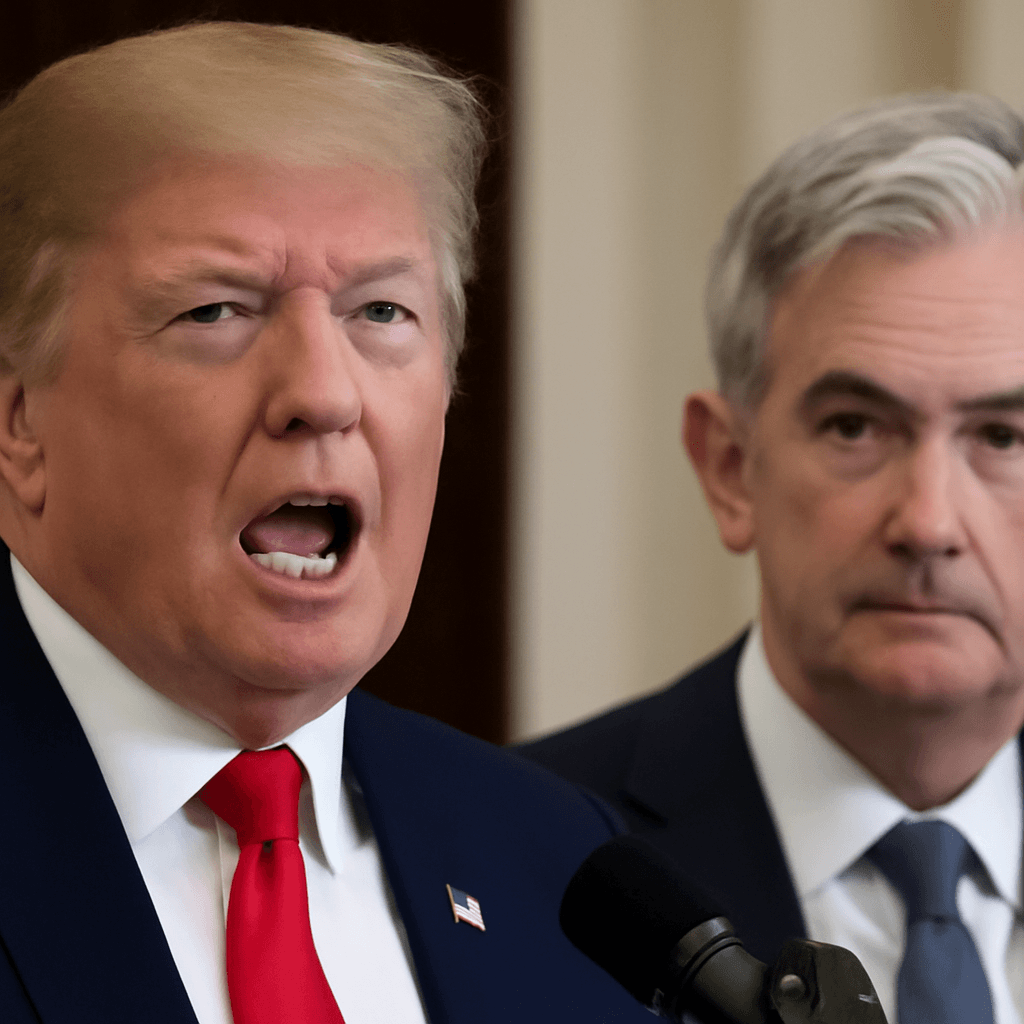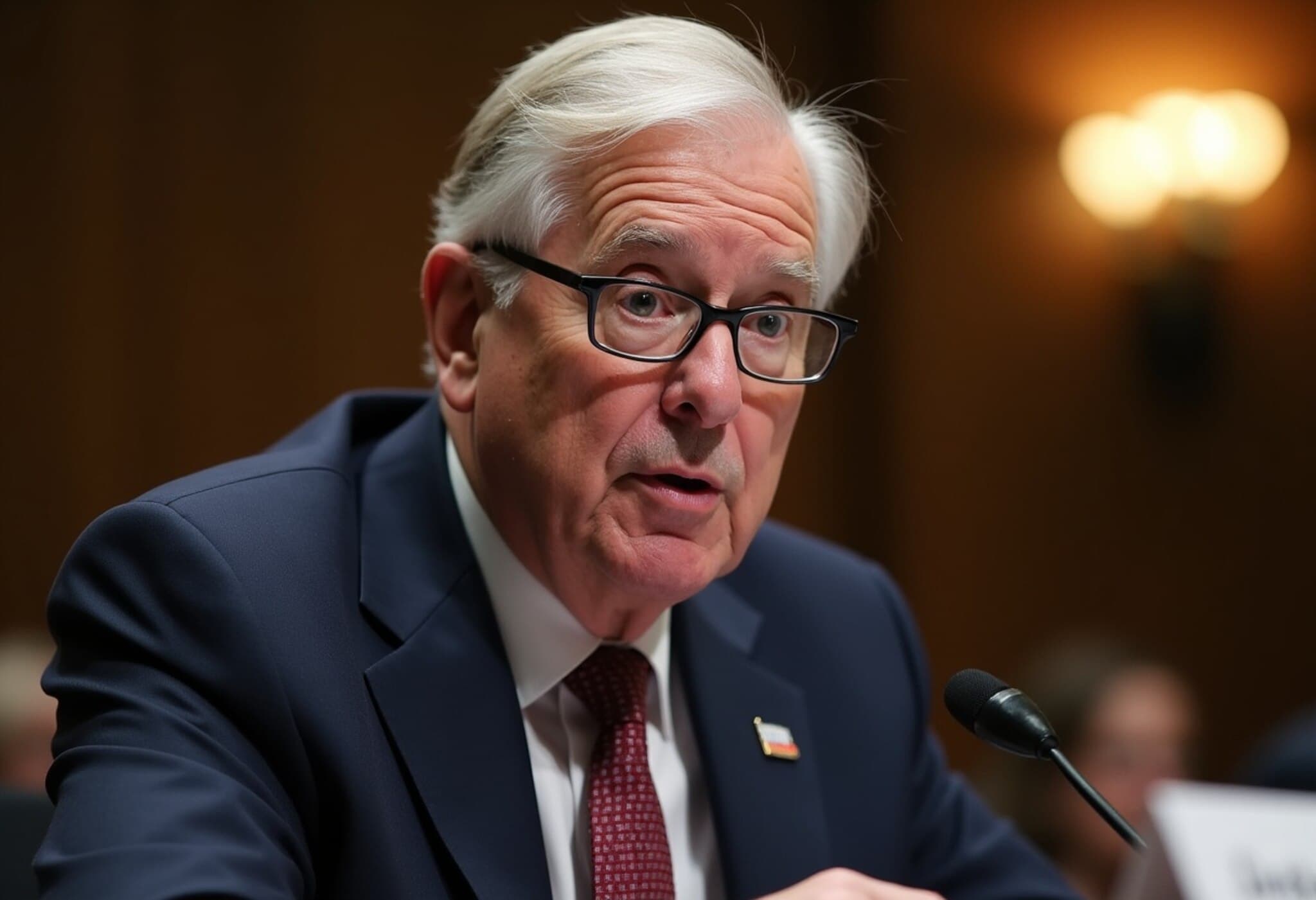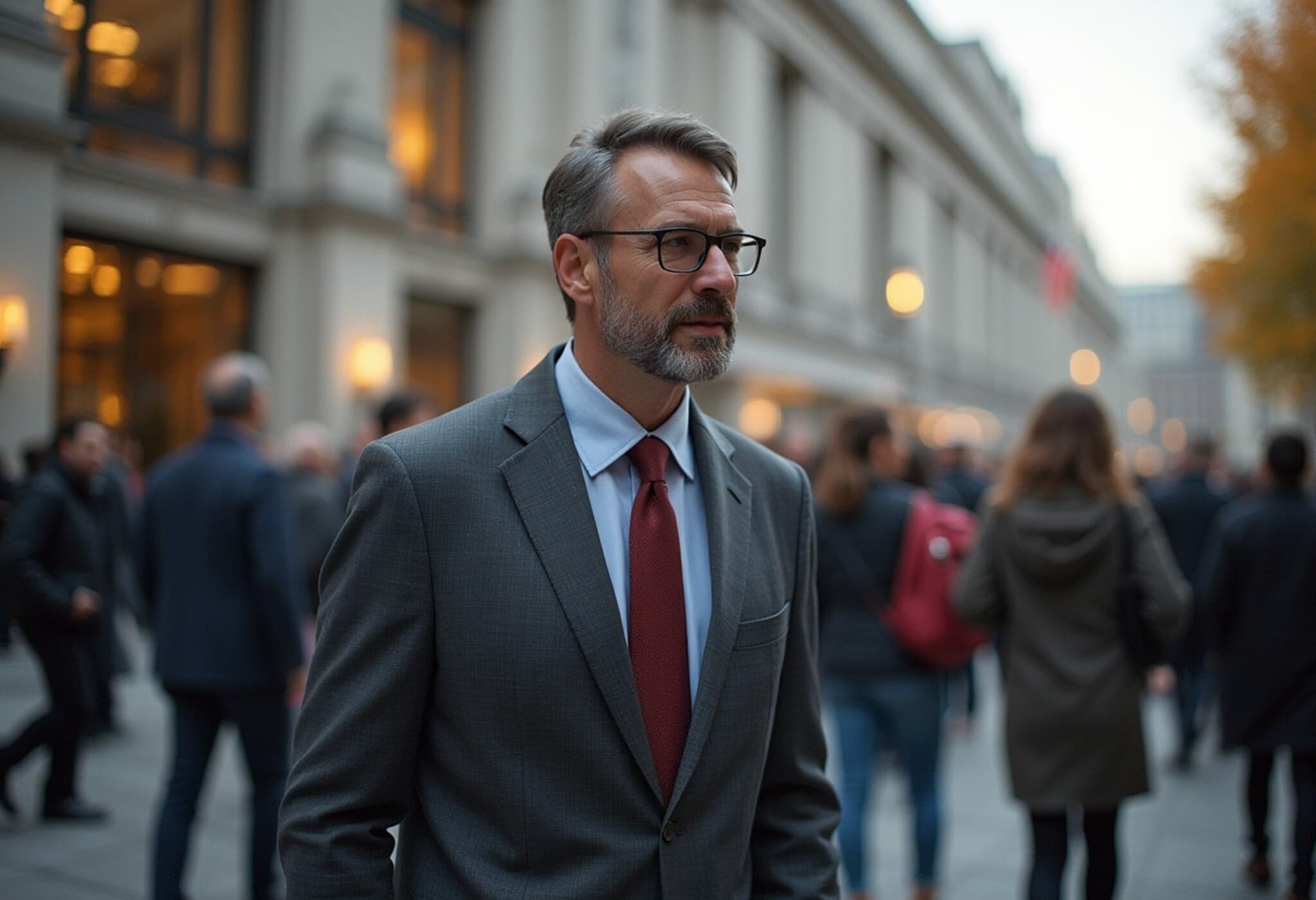Trump’s Historic Visit to the Federal Reserve Breaks Tradition
In an unprecedented move almost two decades in the making, U.S. President Donald Trump is scheduled to visit the Federal Reserve headquarters this Thursday at 4:00 p.m. ET. The announcement from the White House has sent ripples through financial and political circles, as no sitting American president has made an official visit to the central bank in recent memory.
Traditionally, the Federal Reserve operates with a high degree of independence, insulated both legally and conventionally from direct presidential influence. This separation is designed to shield monetary policy from short-term political pressures, thereby fostering long-term economic stability.
Escalating Pressure on Fed Chair Jerome Powell
Trump’s visit comes amid an ongoing public dispute with Federal Reserve Chair Jerome Powell, who has faced persistent criticism for refraining from cutting interest rates. The president has repeatedly voiced frustration, publicly considering the possibility of firing Powell despite lacking the legal authority to remove him without cause. Earlier this week, Trump remarked, "I think he's done a bad job, but he's going to be out pretty soon anyway."
However, Trump later backtracked, stating, "We're not planning on doing it... I think it's highly unlikely, unless he has to leave for fraud." Powell himself has firmly asserted that firing him is prohibited under the law, highlighting the structural safeguards built into the Fed’s governance.
Why This Matters: The Stakes Behind the Visit
This visit isn’t just a meeting; it symbolizes a pivotal moment in the delicate balance between political authority and economic stewardship. By bringing his campaign of criticism directly to the Fed, Trump challenges the central bank’s independence, raising critical questions about the appropriate boundaries between elected officials and monetary policymakers.
Experts warn that such political pressure on the Fed could unsettle markets and investors, who rely on the institution’s decisions to be guided by economic data rather than political considerations. Historically, attempts to influence the Fed have fueled volatility, as seen during prior administrations when chairpersons faced political scrutiny.
Contextual Insights: The Impact on U.S. Economy and Policy
The Fed’s interest rate policies resonate deeply across everyday life — from mortgage rates to credit card costs, and business loans to employment rates. Trump’s calls for lower rates underscore his administration’s desire to stimulate economic growth amid concerns of slowing markets. Yet, Powell’s cautious approach emphasizes inflation control and financial stability, creating a tension that reflects broader debates about the U.S. economic trajectory.
Moreover, this situation spotlights the broader governance challenge: How can the Federal Reserve maintain independence when its decisions carry substantial political consequences? It's a question that goes beyond the U.S., touching every country grappling with central bank autonomy in politically charged environments.
Looking Ahead: What to Watch For
- Market Reaction: Investors will be closely monitoring Powell’s and Trump’s statements for signals on future monetary policy shifts.
- Legal Boundaries: Any attempts to remove Powell could trigger constitutional and legal scrutiny, reinforcing the Fed’s protected status.
- Political Ramifications: This clash could deepen partisan divides, influencing upcoming elections and shaping public perceptions of economic governance.
Editor’s Note
President Trump’s visit to the Federal Reserve underscores a growing tension between political leadership and independent economic institutions. While presidents have historically critiqued monetary policy, this face-to-face encounter marks a bold, symbolic challenge to the Fed’s autonomy. As the U.S. economy navigates inflation and growth uncertainties, the central bank’s ability to operate free from political interference remains vital. Readers should consider the long-term implications of politicizing the Fed and how this dynamic may influence both economic stability and democratic norms.

